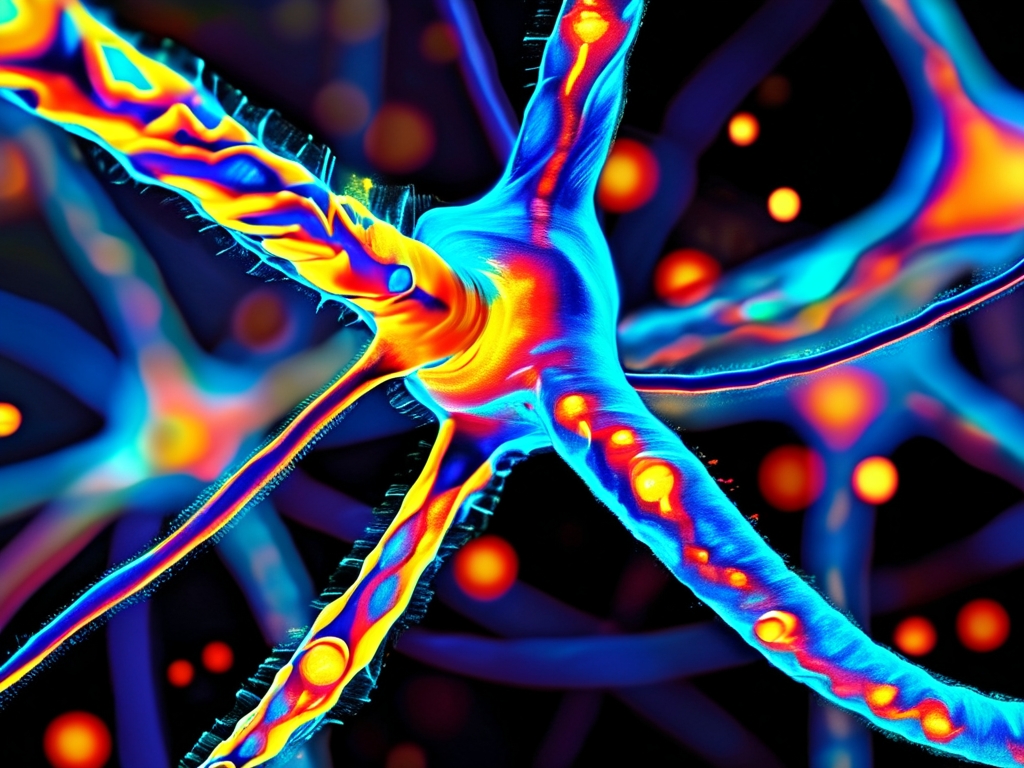In modern computing systems, efficient memory management is critical for optimizing performance, reducing latency, and ensuring resource availability. Among advanced memory management techniques, Temporal Memory Managers (TMMs) have emerged as a specialized solution for handling time-sensitive data operations. This article explores the fundamentals of TMMs, their operational principles, use cases, and their role in addressing challenges in dynamic computing environments.
What Is a Temporal Memory Manager?
A Temporal Memory Manager is a software or hardware mechanism designed to manage memory allocation and deallocation based on the temporal attributes of data. Unlike traditional memory managers, which prioritize spatial locality or static allocation strategies, TMMs focus on the time-based relevance of data. This means memory resources are dynamically assigned, retained, or released depending on how recently or frequently data is accessed, modified, or scheduled for future use.
For example, in real-time streaming applications, a TMM might prioritize retaining the most recent sensor data while discarding older entries that have expired or lost relevance. This approach minimizes memory waste and ensures high-priority tasks receive immediate resources.
How Temporal Memory Managers Work
TMMs rely on algorithms that track time-related metrics such as:
- Access Timestamps: Recording when data was last read or written.
- Expiration Policies: Defining how long data should persist before being evicted.
- Frequency Counters: Monitoring how often specific memory blocks are used.
These metrics enable TMMs to implement strategies like Least Recently Used (LRU) or Time-to-Live (TTL) eviction. However, advanced TMMs go further by combining temporal rules with contextual factors, such as application priorities or workload patterns. For instance, a TMM in a video rendering system might allocate more memory to frames currently being processed while gradually releasing resources for completed segments.

Key Applications of Temporal Memory Managers
-
Real-Time Data Processing:
In systems like financial trading platforms or IoT networks, TMMs ensure that real-time data streams are processed without delays. By evicting stale data and prioritizing active computations, they prevent memory bottlenecks. -
Machine Learning Pipelines:
Training models often require handling large, time-stamped datasets. TMMs optimize memory usage by caching frequently accessed training batches and discarding obsolete samples, accelerating iteration cycles.
-
Embedded Systems and IoT:
Devices with limited memory benefit from TMMs that automatically clear unused data, ensuring continuous operation. For example, a smart thermostat might use a TMM to retain recent temperature readings while deleting older logs. -
Database Management:
Temporal databases, which store historical data versions, rely on TMMs to manage time-based queries efficiently. This is crucial for applications like audit trails or version-controlled systems.
Advantages of Temporal Memory Management
- Reduced Memory Overhead: By systematically purging irrelevant data, TMMs lower the risk of memory exhaustion.
- Improved Performance: Time-aware allocation reduces latency for high-priority tasks.
- Adaptability: TMMs dynamically adjust to changing workloads, making them ideal for unpredictable environments.
Challenges and Considerations
Despite their benefits, implementing TMMs introduces complexities:
- Algorithm Overhead: Tracking temporal metrics requires additional computational resources.
- Tuning Complexity: Defining optimal expiration policies or priority rules demands careful calibration.
- Edge Cases: Sudden spikes in data volume or irregular access patterns can challenge TMM logic.
Future Trends in Temporal Memory Management
As computing systems grow more dynamic, TMMs are evolving to integrate machine learning for predictive memory allocation. For example, AI-driven TMMs might forecast future data access patterns based on historical trends, further optimizing resource usage. Additionally, advancements in non-volatile memory technologies could enable TMMs to manage hybrid memory architectures spanning RAM, SSDs, and emerging storage mediums.
Temporal Memory Managers represent a paradigm shift in memory optimization, emphasizing time as a core dimension of resource management. By aligning memory strategies with the temporal characteristics of data, they address critical challenges in real-time systems, IoT, AI, and beyond. As technology continues to demand faster, more adaptive solutions, TMMs will play an increasingly vital role in shaping efficient and scalable computing infrastructures.




